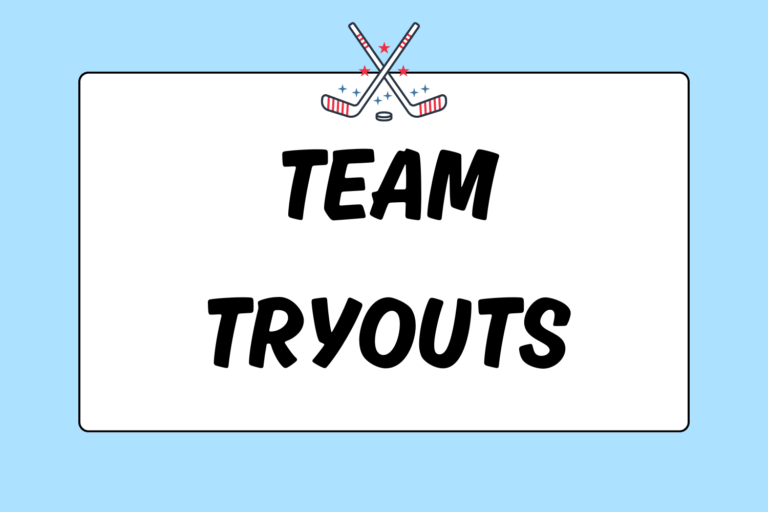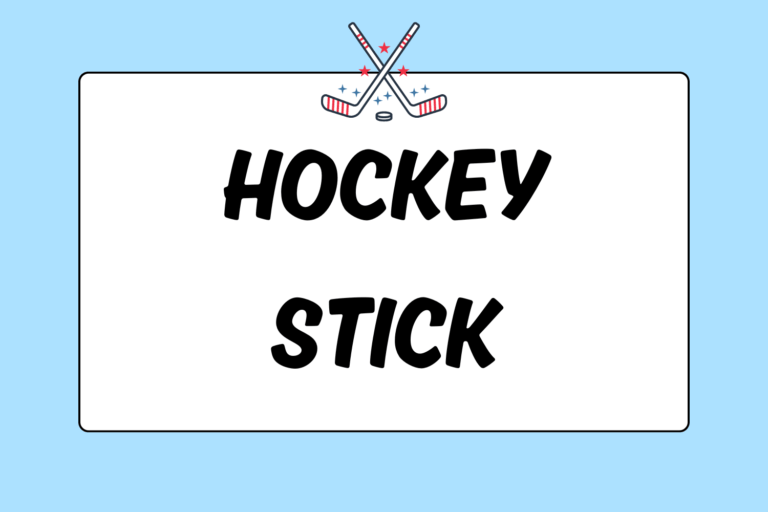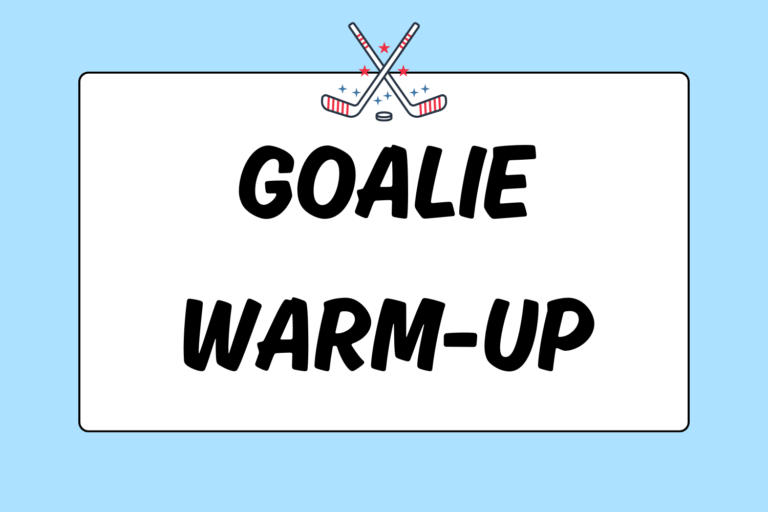Ice hockey has two major rules that confuse new fans and players more than any others: Icing and offsides. This will guide fully explain the offside rule. For an explanation of icing, please see our guide, Understanding Icing in Ice Hockey.
Some of the world’s most popular sports have offside rules, including American football and soccer. The word “offside” is a shortened word derived from an old British war saying. To be “off the strength of his side” meant a soldier was trapped behind enemy lines. Offside rules were first applied to soccer in the early 1800s. Many sports eventually adopted some sort of offside rules to regulate forward movement.
As recently as the 1930s, forward passes were not allowed in ice hockey. The advent of the offside rule allowed for the forward pass, and completely redefined the game. The following guide explains the exact way offside rules work in ice hockey, and offers some good practices to avoid getting called for it.
The Rule
An ice hockey rink is broken up into three zones. The defending zone is the end where your team’s goal is located, and extends as far as the first blue line. The neutral zone extends from the first blue line to the second blue line. The offensive/attacking zone is everything past the second blue line.
Offsides is the 83rd entry in the rulebook of the National Hockey League. The first sentence of Rule 83 summarizes the spirit of the offsides perfectly: “Players of the attacking team must not precede the puck into the attacking zone.”
If any member of your team has both skates within the attacking zone while the puck crosses over that blue line, the play is considered to be offside. The linesmen are in charge of enforcing offside calls. Depending on your league rules, offsides will likely be dealt with in one of two ways:
- Immediate offside: In this variation, the linesman will blow the play dead directly following an instance of offside play.
- Delayed offside: In this variation, play is allowed to continue until the attacking team touches the puck. This rule is in place so that no possession is stripped from the defending team if it gets the puck while its opposition is offsides. In this case, the attacking team is allowed to, and essentially must, completely regroup in the neutral zone to clear the offside call.
Regardless of which rules your league uses, the outcome will be the same. The linesman will blow his whistle and play will die. There will be a faceoff in the neutral zone at the faceoff dot nearest to the location of the infraction.
Tips for Avoiding Offsides
Due to hockey’s offside rules, there are a few very important things to remember when entering the attacking zone. Follow these loose guidelines and you will improve your chances of being onside.
Always Press Forward
This one may seem obvious, but it’s worth noting: As you enter the offensive zone, make sure you’re skating forward and that your body is trailing the puck. Nothing is more infuriating than putting yourself offsides by skating sideways or backwards across the blue line. Keep it simple as you push into the zone.
Don’t Get Fancy
When you’re leading a rush through the neutral zone, the defense will often pressure you at the blue line. Do not try to skate around the defender or make a fancy lateral move. If you have teammates trailing you, your delay at the blue line will cause them to go offside. Instead of delaying, toss the puck over the blue line to where one of your teammate will be, or chip it into the corners and try to chase it down.
Practice with Your Linemates
Set plays are very rare in ice hockey. Most of the game is improvised. Groups of hockey players must learn to react to each other’s decisions. Practice entering the offensive zone with your linemates as much as possible so you can get a feel for their tendencies. Knowing whether a player is more likely to skate the puck in, pass it off, or dump it down the ice is crucial when entering the attacking zone onside and with speed. With that, don’t force yourself to anticipate what they are doing. Just read and react.
Straddle the Line
If your teammate with the puck is getting pressured by the defense while going through the neutral zone, straddle the line instead of crossing it. The rules allow for one of your skates to cross over into the offensive zone. So don’t just stop at the blue line; keep moving laterally across the ice. Try and get open to give your teammate a passing option.
Play Your Game
Ice hockey has very few play stoppages. An offside call can kill your team’s momentum, not to mention, cost you a possession. When in doubt, slow things down and regroup in the neutral zone. Work on entering the zone in practices, and be vocal with your linemates.





